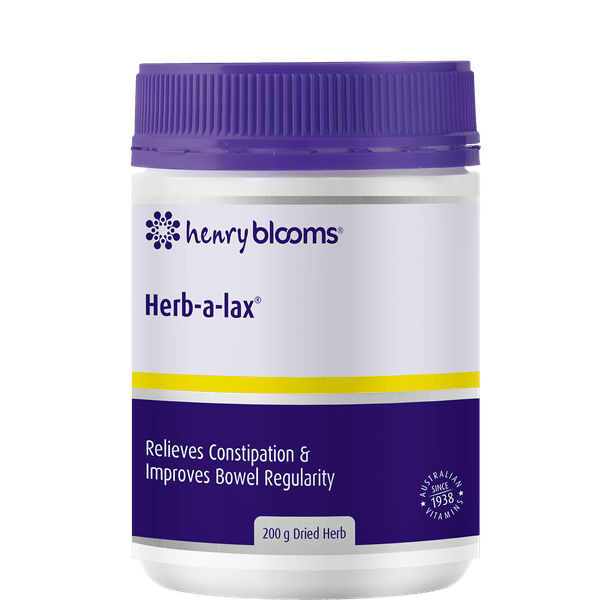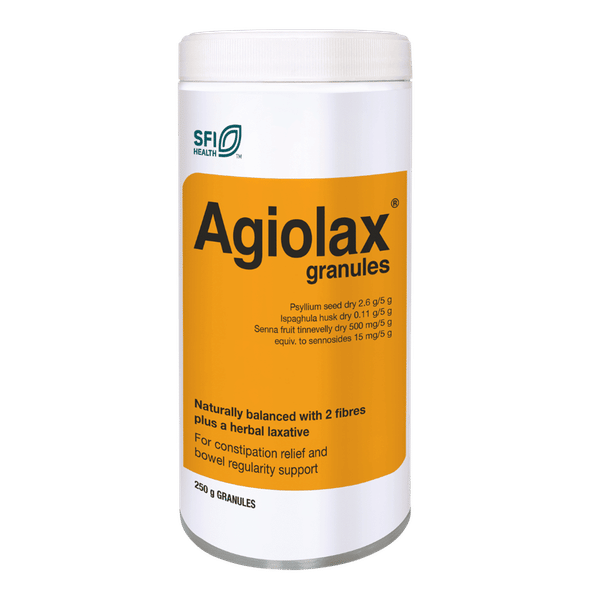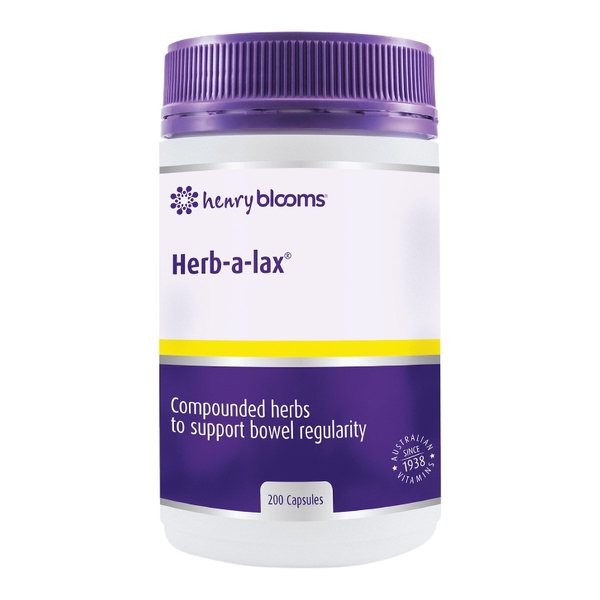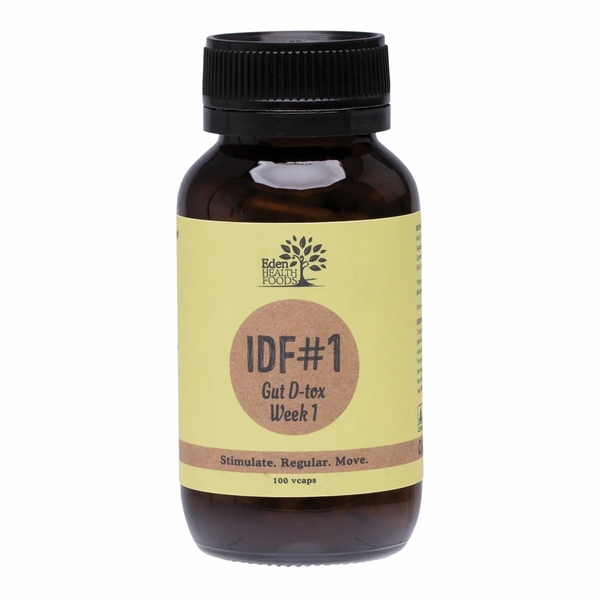
Background
Senna contains many chemicals called sennosides. Sennosides irritate the lining of the bowel, which causes a laxative effect.
Senna is an FDA-approved over-the-counter (OTC) laxative. It is used to treat constipation and also to clear the bowel before procedures such as colonoscopy. People also use senna for irritable bowel syndrome (IBS), hemorrhoids, weight loss, and many other conditions, but there is no good scientific evidence to support these uses.
Safety Safety definitions
Senna is possibly unsafe when used for longer than 1 week or in doses above 34.4 mg sennosides twice daily. Long-term use can cause the bowels to stop functioning normally and might cause dependence on laxatives. Long-term use can also cause liver damage and other harmful effects.
Special Precautions & Warnings:
Pregnancy: Senna is possibly safe when taken by mouth during pregnancy for up to 1 week. It is possibly unsafe when taken by mouth for longer than 1 week or in high doses. This has been linked to serious side effects including laxative dependence and liver damage.Breast-feeding: Senna is possibly safe when taken by mouth during breast-feeding for up to 1 week. Small amounts of senna cross into breast milk, but it doesn't seem to be a problem for nursing babies. As long as senna is used in recommended amounts, it doesn't cause changes in the babies' stools.
Children: Senna is likely safe for children over age 2 when taken by mouth for up to 1 week. It is an FDA-approved nonprescription (OTC) medicine that can cause some side effects including stomach discomfort, cramps, and diarrhea. Senna is possibly unsafe when taken by mouth for longer than 1 week or in high doses. Children ages 2-5 shouldn't take more than 8.6 mg sennosides twice daily. Children ages 6-11 shouldn't take more than 17.2 mg sennosides twice daily. Children 12 years and older shouldn't take more than 34.4 mg sennosides twice daily.
Gastrointestinal (GI) conditions: Senna should not be used by people with stomach pain, intestinal blockage, inflammatory bowel disease, diarrhea, appendicitis, stomach inflammation, or hemorrhoids.
Effectiveness
- Constipation. Senna is an FDA-approved nonprescription (OTC) drug for adults and children ages 2 years and older. It should be taken at bedtime and tends to work within 6-12 hours. It might cause stomach upset and diarrhea. Senna should not be used for more than 1 week without the supervision of a healthcare provider.
- Emptying the colon before a colonoscopy. Taking senna by mouth might help empty the colon before a colonoscopy. Prior to a colonoscopy, your doctor will recommend a specific regimen to use in order to ensure that your colon is empty prior to the procedure.
Dosing & administration
Interactions with pharmaceuticals
Digoxin (Lanoxin)
Interaction Rating=Moderate Be cautious with this combination.
Senna is a type of laxative called a stimulant laxative. Stimulant laxatives can decrease potassium levels in the body. Low potassium levels can increase the risk of side effects from digoxin.
Estrogens
Interaction Rating=Moderate Be cautious with this combination.
Taking senna might decrease the effects of estrogen. Senna can reduce the amount of estrogen in the body and how much estrogen the body absorbs.
Warfarin (Coumadin)
Interaction Rating=Moderate Be cautious with this combination.
Senna can work as a laxative. In some people, senna can cause diarrhea. Diarrhea can increase the effects of warfarin and increase the risk of bleeding. If you take warfarin, do not take excessive amounts of senna.
Water pills (Diuretic drugs)
Interaction Rating=Moderate Be cautious with this combination.
Senna is a laxative. Some laxatives can cause diarrhea and decrease potassium levels. "Water pills" can also decrease potassium levels. Taking senna along with "water pills" might make potassium levels drop too low.
Interactions with herbs & supplements
Licorice: Using senna along with licorice might cause potassium levels to drop too low.
Stimulant laxative herbs: Senna is a type of laxative called a stimulant laxative. Stimulant laxatives can cause diarrhea and decrease potassium levels. Taking senna with other supplements with similar effects might cause more diarrhea and very low potassium levels. Examples of supplements with this effect include aloe, buckthorn, gossypol, and rhubarb.








